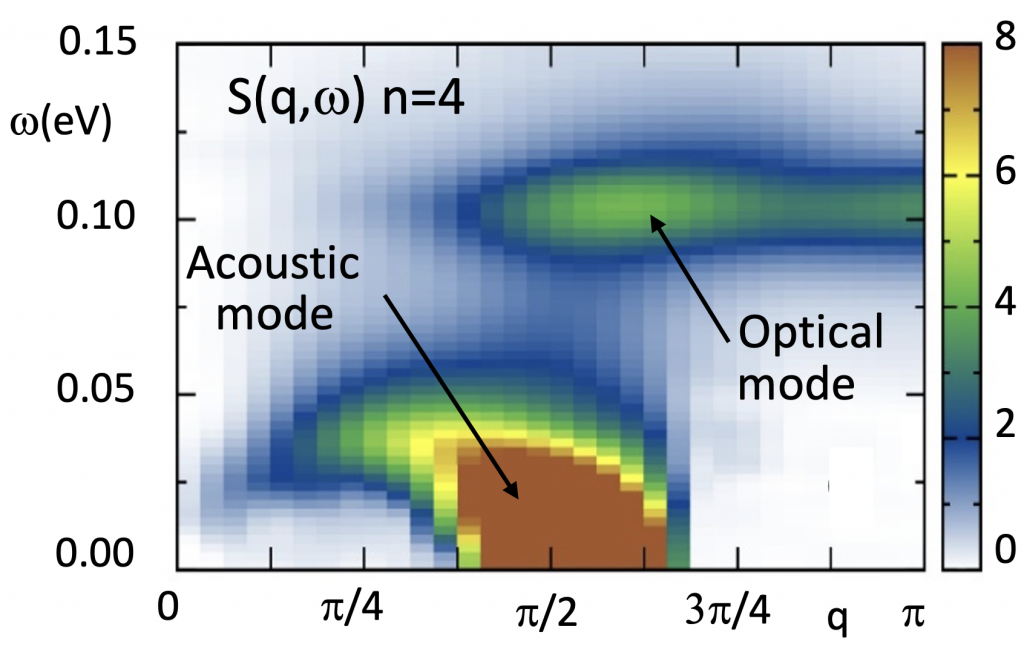
Professor of Physics, University of Tennessee, Knoxville, and joint faculty at Oak Ridge National Laboratory.
Research focus: Quantum Materials, Strongly correlated electron systems: high Tc superconductors (cuprates, iron pnictides, iron selenides), manganites with colossal magnetoresistance, magnetism, topological materials, numerical calculations, computational physics.
Website http://sces.phys.utk.edu
Bio
Adriana is a Professor of Physics at the University of Tennessee and Joint Faculty at Oak Ridge National Laboratory. Adriana obtained her Masters (Licenciatura) and Ph.D. in Physics at the Instituto Balseiro in Argentina in 1985. She was a post-doctoral associate at the University of Illinois at Urbana and at the University of California at Santa Barbara between 1985 and 1991. She became an assistant professor at Florida State University where she became a professor in 1999. In 2004 Adriana moved to Tennessee as a professor at the University of Tennessee and Joint Faculty at Oak Ridge National Laboratory. Adriana received various recognitions for her work, among them being a Fellow of the American Physical Society (APS) since 2002, Fellow of the American Association for the Advancement of Science (AAAS) since 2018, and the Fibonacci Prize in Theoretical Physics awarded by the Rome International Center for Material Sciences in 2019. Adriana has also served as member-at-large of the executive committee of the Divisions of Condensed Matter and Computational Physics of the APS, and has been leader or a member of several APS teams for monitoring the climate for women in physics at various physics departments and national labs in the U.S.A. and in Canada.
Research Description
Working primarily with computers using numerical and analytical techniques such as Monte Carlo algorithms, Density Matrix Renormalization Group (DMRG), and Mean-Field techniques, we study complex electronic behavior in strongly correlated materials such as transition metal oxides and high Tc superconductors. In order to minimize the number of degrees of freedom we focus on simplified geometries such as 2D planes, and quasi-1D systems such as chains and ladders. We compare our results with experimental data calculating dynamical responses such as S(q,ω) which is studied experimentally via neutron scattering. Our numerical approaches allow us to explore strongly correlated materials in the so called “intermediate coupling” regime where the competition between electronic mobility and Coulomb repulsion produces a variety of ground states, such as “block magnetic states” or “phase separated states” that cannot be unveiled using more traditional perturbative approaches. The numerical results allow for the development of more appropriate trial or mean-field states and provide guidance to experimentalists in the interpretation of their results. We are currently also exploring topological properties of strongly correlated systems extending the initial work on non-interacting topological systems which has been carried on in the Condensed Matter community in recent years. We are based at UTK and at Oak Ridge National Laboratory.
Recent research
https://iopscience.iop.org/article/10.1088/1367-2630/ac7b9c
https://journals.aps.org/prb/abstract/10.1103/PhysRevB.105.075119
https://journals.aps.org/prb/abstract/10.1103/PhysRevB.104.235115
https://journals.aps.org/prl/abstract/10.1103/PhysRevLett.127.077204
https://journals.aps.org/prb/abstract/10.1103/PhysRevB.102.115134
https://www.nature.com/articles/s41467-018-06181-6
Research Image
